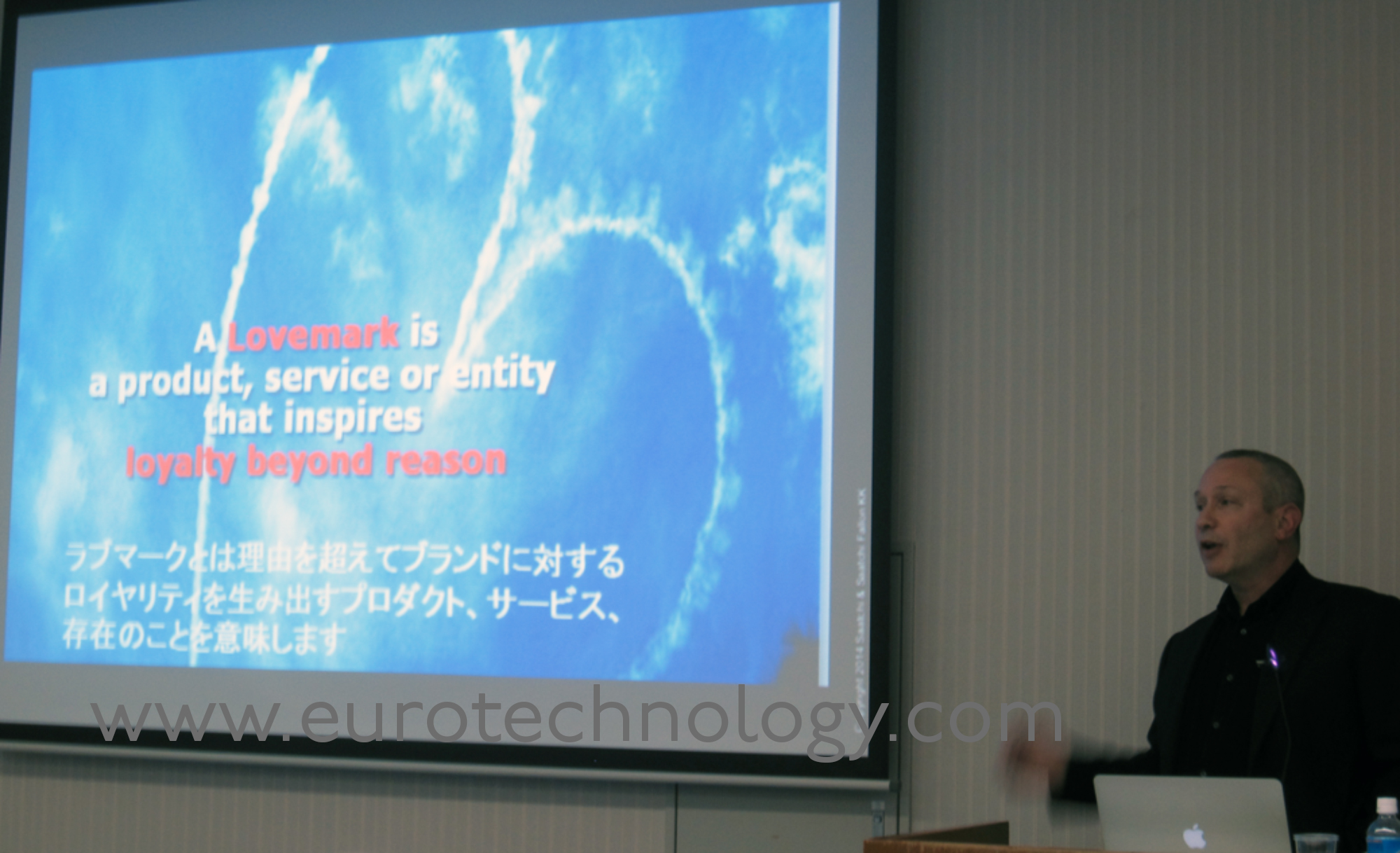Tag: TV
-
Impact of the Fukushima and Tohoku triple disaster on Japan’s economy (AlJazeera TV interview)
AlJazeera live TV interview about impact of the disaster on Japan’s economy Watch Aljazeera interview video clip and read article here
-

Japan media landscape restructuring
Japan’s broadcasting is a US$ 40 billion/year industry There have been many attempts over the years for Japan media landscape restructuring by Gerhard Fasol Japan’s broadcasting markets (commercial TV + NHK + CATV + satellite + AM & FM radio) have annual combined revenues on the order of US$ 40 billion. The main players in…
-

Livedoor and Fuji TV take over battle via Japan Radio
New economy player Livedoor attempts takeover of “old economy” media conglomerate Fuji Television Group Livedoor and Fuji TV: Takafumi Horie “Horiemon” attempts to exploit an overlooked loophole in Fuji Televisions shareholder structure to gain control of the very much larger Fuji media group Livedoor and Fuji TV: New economy (Livedoor) is knocking at the door of…

